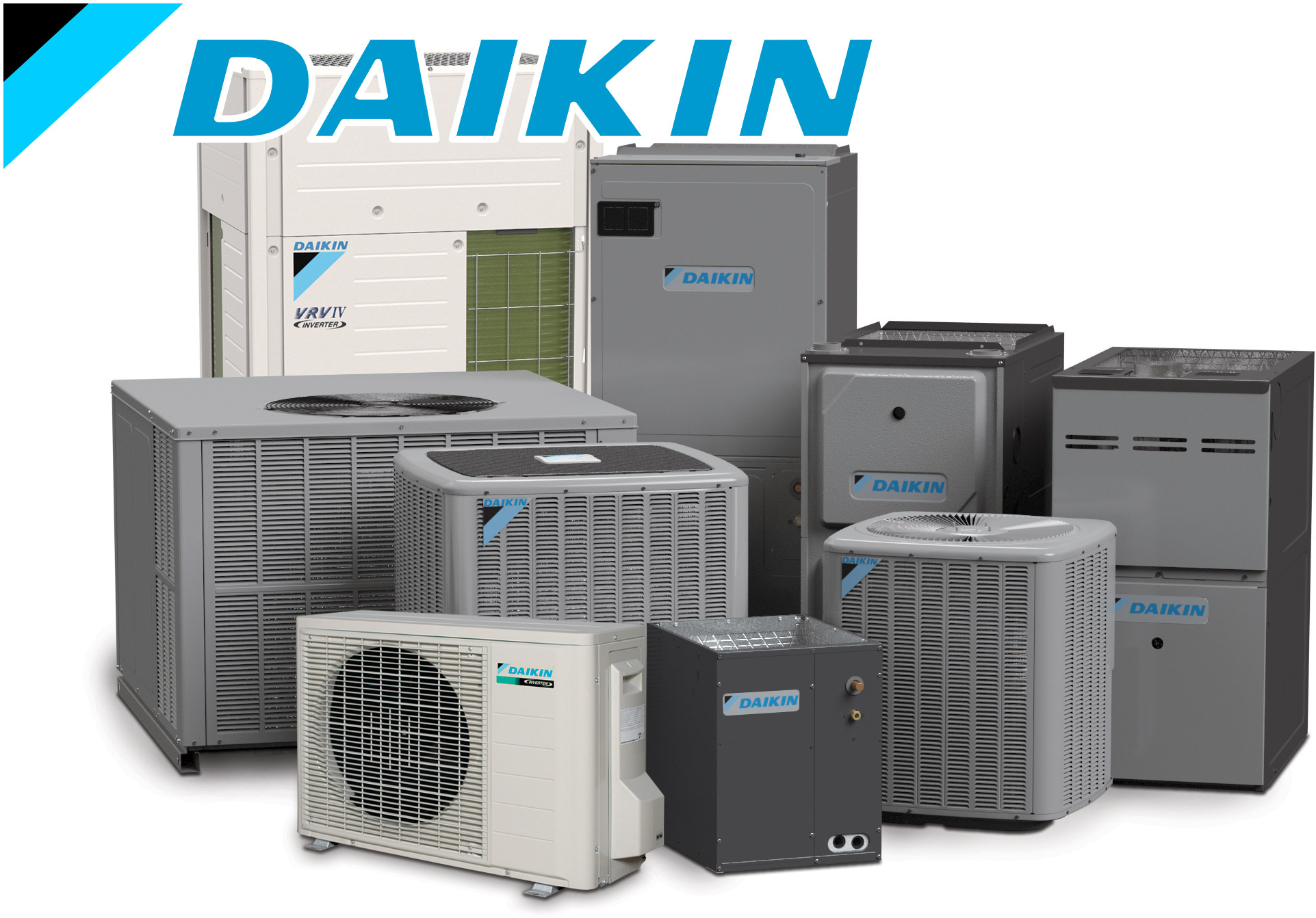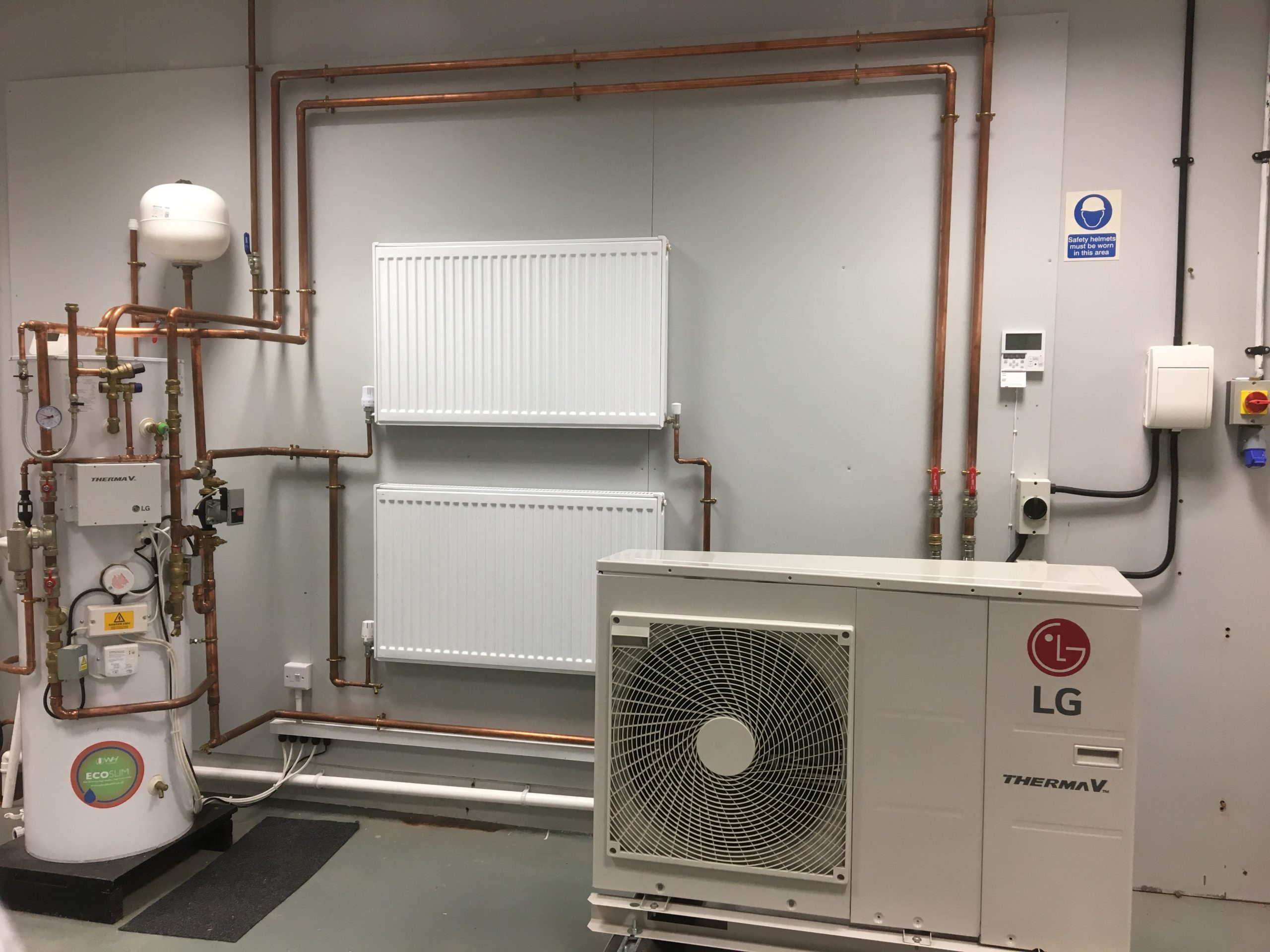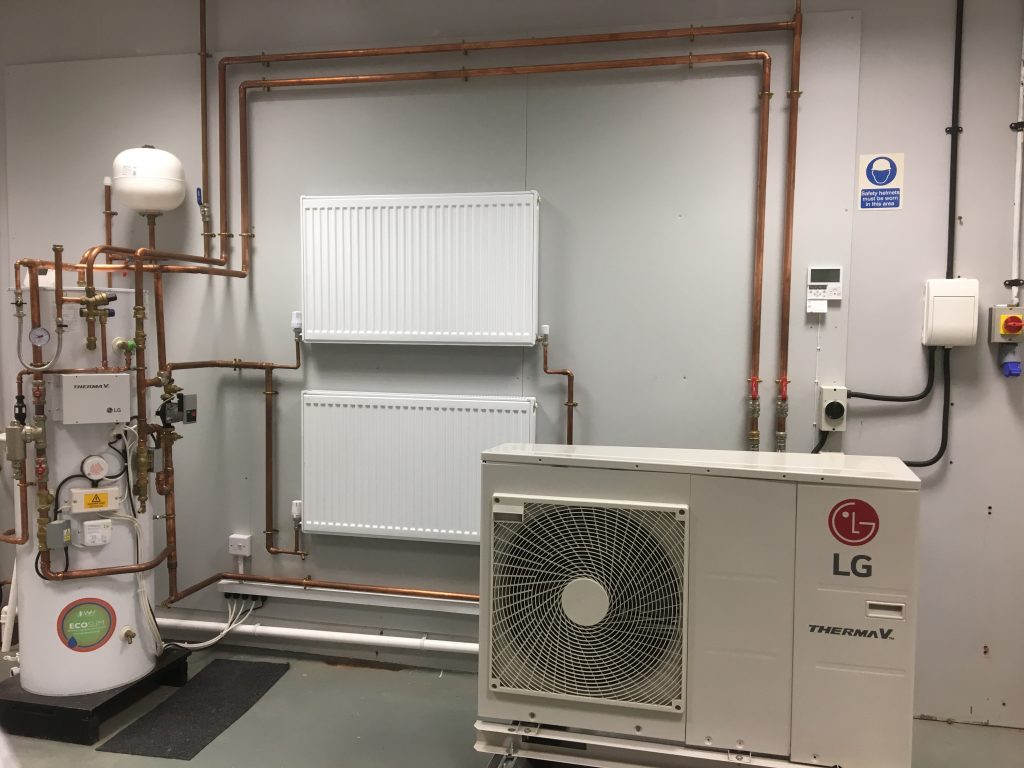Heating your home efficiently is an essential factor for comfort and saving money. You can either use traditional or modern heating systems that use pumps to transfer heat from one place to another. The central heating pump is the most efficient way to move the heat around, but several different types are available. Here we will explain the four different types of central heating pumps so you can decide which one works best for your needs.
Air Water Heat Pump
An õhk vesi soojuspump, also known as an air source heat pump, uses outside air as its energy source. It works by transferring the warmth of the outside air into your home. This type of pump is very efficient at producing large amounts of hot water with minimal electricity usage and has a low carbon footprint due to its renewable energy sources. It’s perfect for those who live in mild climates and want to reduce their electricity bills.

Ground source heat pump
A ground source heat pump, also known as a geothermal system, makes use of the naturally occurring temperatures below the earth’s surface. It works by pumping liquid through underground pipes where it absorbs heat from the ground before being pumped back into your home to heat radiators or underfloor heating. Ground-source pumps are highly efficient, but they tend to be more expensive than other types of pumps due to the installation costs associated with digging trenches and installing pipes below your property line.
Combi boiler
A combi boiler combines both a central heating system and a water heater in one unit, allowing you to have both functions running at the same time without having to install two separate systems in your home. Combi boilers are designed to provide high-efficiency output while taking up less space than traditional boiler units, and they don’t require additional tanks or cylinders, which also reduces installation costs! However, these models aren’t suitable for larger homes as they may not produce enough hot water for several bathrooms or showers at once.

Heat exchanger pump
A heat exchanger pump transfers heat energy from one liquid medium (such as antifreeze) to another (such as water). These types of pumps tend to be more expensive than other models due to their complexity, but they offer superior performance when used correctly and can help increase the efficiency of certain applications such as solar thermal panels or wood-burning stoves. The main advantage of this type of system is that it doesn’t require an external power source such as electricity or gas, so it’s ideal if you’re looking for an environmentally friendly option that won’t drive up your energy bills!
Whichever type of central heating pump you choose, it’s important to make sure that you take all the necessary safety precautions, such as monitoring temperature levels with thermostats or safety switches, and that you carry out regular maintenance on your system to ensure that it works properly throughout its lifetime! We hope this brief overview has been helpful in understanding how each type works and which is best suited to your particular needs – happy shopping!

